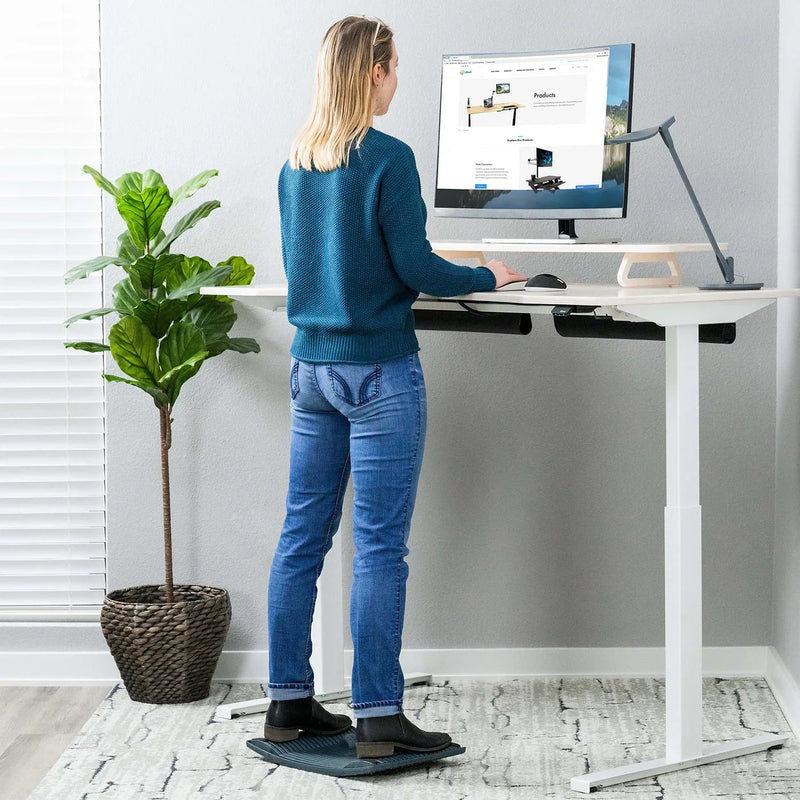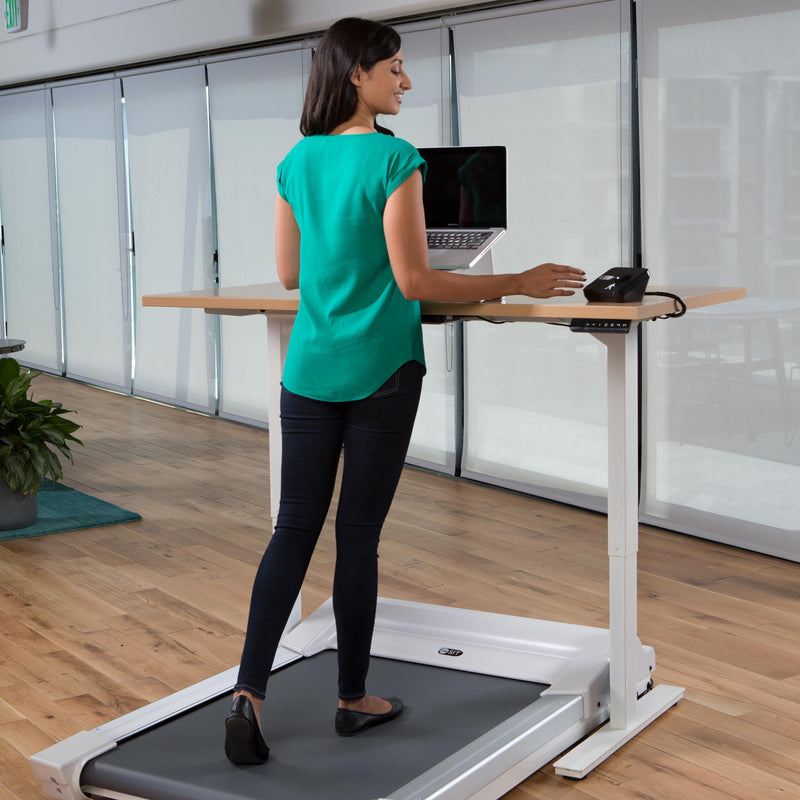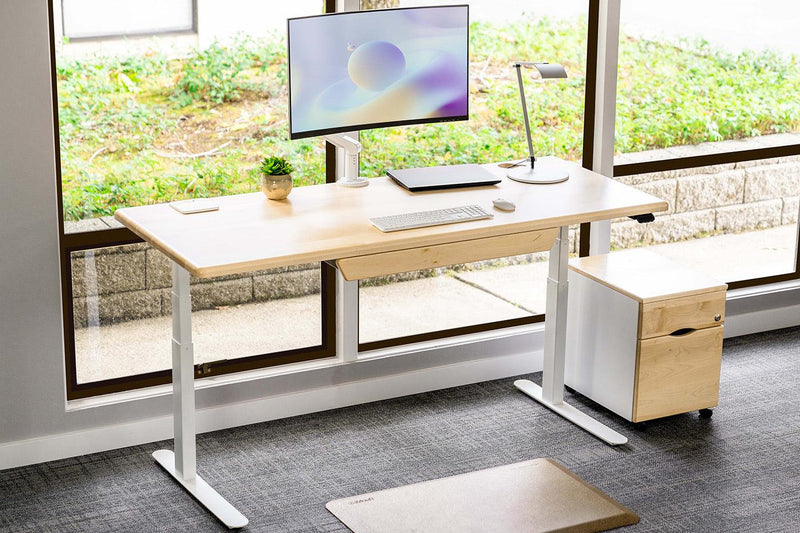As Neil deGrasse Tyson tweeted back in April of 2020, “Every disaster movie begins with a scientist being ignored,” and the SARS-COV-2 pandemic has been no exception. Indeed movies like Outbreak, Contagion and several others predicted its inevitable course with clairvoyant foresight.
At the time of this writing, the US is leaning into its fourth wave of steeply rising Covid cases and hospitalizations. Our relatively carefree, post-vaccine, post-masking summer fling ran headlong into a widely predicted collision with the delta variant. Some areas of the country are already reinstating indoor masking mandates, and many countries where vaccination rates are low or non-existent are back into full lockdown mode again.
How Many Times Will We Porpoise In and Out of Viral Surges?
Many employers, especially large multinational corporations and agencies, have updated their return-to-office, remote work and hybrid work policies so many times that both management and the workforce are becoming weary of the pulsations. Even companies that in April 2021 put out edicts that their employees will be returning to an "office centric culture" by fall are now fearing the confluence of several worrisome vectors pointing to October as a time when they may be forced to reverse thrusters, yet again.
And It’s Not Just Covid Now
In addition to insufficient vaccine take-up rates in many parts of the country inviting the delta variant to spread so virulently, we are already seeing the rearing heads of a long list of other common viruses that have fallen into the background of our collective consciousness over the past 18 months. These are raising concern among public health officials and front line physicians, even if the general public hasn’t caught on quite yet.
Bugs such as norovirus, RSV, metapneumovirus, rhinovirus, enterovirus, adenovirus and parainfluenza to name but a few—and of course deadlier ones like influenza—are likely to spread more prolifically than we’ve seen since the recovery from the Spanish Flu one hundred years ago.
Thanks to social distancing, masking and intensive surface scrubbing we stopped catching these bugs from one another and have largely lost our herd immunity to them. Epidemiologists now expect potentially unprecedented rates of infection as we enter into winter weather that will drive us back indoors. Not to mention kids returning to school, where historically the vast majority of bugs are spread.
One telltale indicator of things to come is that norovirus cases have recently seen an inexplicably sharp rise. This is a particularly nasty gastrointestinal bug that spreads by surface contact. When one person in a classroom, office or cruise ship has it on their hands and touches common surfaces like door handles, it spreads like wildfire. One active theory as to why this is occurring has to do with our increased reliance on hand sanitizers rather than the full 20-second soap and water hand wash routine. Hand sanitizer solutions can kill Covid-19 but only vigorous hand washing or UV-C sterilization can wipe out the tenacious norovirus.
Our Attitudes Towards Getting Sick Have Changed
Experts now believe that Covid is going to be part of our daily lives for at least four years as new variants sprout, vaccination campaigns progress (likely including period boosters), and restrictions loosen and tighten with the ebb and flow of infection rates around the world.
During the first 18 months of Covid we’ve gotten used to not getting sick as often as we used to. Most people have had no cold, no flu, or anything else to make them miserable during this time, and many have gotten used to simply not being sick anymore.
In the "before times" a worker who came into the office with all sorts of symptoms, coughing and sneezing all over the place, was actually patted on the back for being a good soldier. It was considered a high work ethic to come into the office even when sick. Sure, some coworkers might avoid clammy handshakes or hugs with their sick office mates but they’d still ride in the elevator, commute or even fly cross country with them.
The school nurse would only send home kids if they had a fever or a clearly observable infectious bug—like adenovirus (pink eye) or norovirus ("coming out of both ends"). Merely having the sniffles or a headache didn’t get you off going to school or going to the office. If it did, kids would miss a third of their school year and employers would lose too much productivity.
Those days are over—at least for the next few years while Covid will remain ever-present. No one wants to be branded the office pariah over a sneeze that could be Covid, even if that person were vaccinated, masked, and scrubbed down head to toe with hand sanitizer. But beyond that, we just don’t want to get sickness of any kind from coworkers and classmates anymore. And if a family member comes home sick they will likely be quarantined to their rooms to avoid infecting everyone else in the household, especially the elderly and the immunocompromised.
Employees Will Vacate The Office At The Drop of a Hat Now
Everyone’s set up with a good computer, headset, webcam and Zoom account at home now, so at the first sign of trouble—whether a sneezing co-worker or a call from the school nurse to come fetch your sniffly kid—employees are likely to just get back in their cars and WFH until they are able to return to a safe environment. That’s just the way it is now. Since the alternative is a pretty easy one—just continuing to work from home—few will want to take the risk of getting infected or infecting others in the workplace.
The Labor Department has changed its rules, too. Now, workers who feel their workplace is unsafe in any way (especially regarding Covid, but not exclusively for this reason) can qualify for unemployment benefits. With employers unable to fill millions of jobs right now, many folks are opting to quit and look for a better situation and better pay, knowing they’ve at least got unemployment benefits to help carry them through.
It’s been widely reported how hard it is now to hire employees into certain jobs where they may come in constant close contact with co-workers or customers. For better or for worse, workers are just going to be a lot less tolerant of these previously dismissable risks, and look instead for jobs that they can perform completely, or at least largely from home.
Will There Be a "Second Wave" of WFH Initiatives?
Lest the reader perceive that we at iMovR are "wishing" for a second wave of work from home, we are not. Prior to the pandemic the majority of our business was in fact driven by corporate, government and educational business. While iMovR has always had a strong presence in the high-end home office market as well (what some people label as the "resimercial" market segment), our shipments became over 95% residential, literally overnight, in March of 2020.
Most digitally-native office furniture companies like iMovR experienced absolutely explosive sales growth in the months that followed the first lockdowns. This created many challenges in the supply chain that are still affecting us all to this very day. Not to mention rampant inflation in raw materials, labor and shipping costs, and shortages of everything from silicon chips to certain species of wood. As evidenced by search statistics, the initial surge in standing desks and ergonomic chairs, etc, has died down to more of a steady state again.
And while our behemoth peers in the commercial contract furniture manufacturing industry suffered huge financial losses and contractions during the first year of Covid—still crawling back to some semblance of "normal" demand—we, too, wish for nothing less than a full-fledged return-to-office (RTO). We’re just a lot less optimistic that such a thing is around the corner. Or even around the next corner. Too many indelible changes have occurred in our ability and desire, if not preference to work remotely whenever possible.
A Consensus Opinion
The following assessment is based on thousands of conversations we’ve had with customers since the pandemic, as well as market intelligence sharing among our own friendly peer group of office furniture manufacturers, industry analysts, vendors and business reporters. While all of us are seeing green shoots of returning corporate business, neither we nor any of the industry peers that we know have seen more than a small portion of large bulk orders return.
To the degree that corporations are buying standing desks for on-campus installations again, these orders have tended to be much smaller than the norm. At the time of this writing, the home office still constitutes about 85% of our shipments. Most companies are still hesitating to invest in new office space and remodeling projects while pandemic conditions are so fluid.
Many employers we’ve spoken with are still considering letting go of even more of their commercial space leases and using those savings to fund more ergonomic and comfortable home offices for their permanently remote and hybrid RTO employees. HR departments and recruiters have been asked to cast a wider net for the best talent, even if that talent lives in another state entirely.
A second wave of WFH does indeed appear to be soon at hand.
What We Can Learn From The First WFH Wave
In hindsight, it is clear that there were two kinds of employers in the first few months of the pandemic. Some companies, in particular in certain segments of tech and healthcare, fell luckily on the right side of Covid. They’re contributing to the massive stock market rally that continues to march on almost in defiance of gravity. The tech industry, in particular, had very little problem shifting to full-time WFH since their road warriors were already fluent in the use of Zoom and had good network bandwidth, cameras and headsets at home.
These fortunate companies rushed to launch initiatives to subsidize employees’ purchases of good ergonomic chairs and desks so they could become just as productive (and free of ergonomic injury) working full-time from home for some indefinite time frame. Many offered stipends of $1,000 to $2,000. Some are even offering monthly stipends of $250 to cover incidentals like office supplies and minor equipment upgrades and replacements.
At the same time, millions of other businesses were either too financially impacted to afford such accommodations for their employees or simply didn’t believe that the pandemic would last so long as to warrant the investment. In many cases their understandable hesitancy to invest in home office gear stemmed from not even knowing how long they’d be financially able to keep some of those workers employed.
The result of kicking the can down the road for 18 months or longer is that ergonomic injuries from working on a sofa or kitchen table are mounting, impacting the companies’ health care costs, employee productivity and even employee retention. Yet each of the past six quarters had its reasons for optimism that "soon enough, we’ll all be back in the office again."
For many employers in the latter group, as the fourth Covid wave continues to play out along with the aforementioned surge in other viruses we’ve lost our herd immunity to, this fall may be their breaking point. From conversations we’ve been having with many customers, it seems probable that many employers will awaken to the reality that most workers still don’t want to come back to the office, or are simply unable to due to child care issues or health risks to themselves or vulnerable family members.
What Companies Can Do for Their Employees
Eighteen months into the pandemic we have a pretty good understanding of best practices now when it comes to properly equipping employees to work from home with maximum efficiency:
- Avoid the temptation to standardize on a very limited selection of "company approved" desks, chairs, etc., that employees can choose from. The most successful initiatives we’ve seen have allowed employees to pick out furniture that best matches the style of their home and available space. Offer a stipend instead ($1,000 to $2,000 has been typically offered) to help defray the cost but let the employee set their own budget and shop their own choices. In some cases they will combine stipends from both spouses’ employers or supplement with their own funds to get something that suits their home and their combined needs well.
- Much as we like to think it’s all about the desk, don’t ignore ergonomics. Having a proper chair, monitor arm, keyboard tray, standing mat and other ergonomic accessories is essential for maximizing productivity and staving off costly ergonomic injuries. If you don’t have an ergonomics department to assist employees with these selections please point them to our ergonomic experts to make it easy to gather their requirements.
- If a return to office someday is truly anticipated then consider stipulating that home office furniture procured by the company may need to be moved over to the company offices down the road. And if that’s the case look for ANSI/BIFMA-certified standing desks that can be easily disassembled, moved without risking damage, and easily re-assembled (like our Lander product line).
- Don’t make the mistake of saddling employees with an "IKEA project" when it comes to installing a standing desk in their home. Many will not have the space, skills or tools to assemble a typical standing desk on their own, and having installers visit their home is both logistically challenging and an unwarranted expense. Stick to products that are mostly pre-assembled at the factory and take only minutes to install, ideally with no toolbox required. (e.g. the Lander Standing Desk Collection).
- Negotiate a group discount for your employees by obtaining a coupon code that they can use when they place an online order directly with iMovR. Contact our sales team for assistance. They can even generate PDF flyers and/or landing pages for your HR or wellness department to send to employees with the ideal products to select from and a company-unique coupon code.




